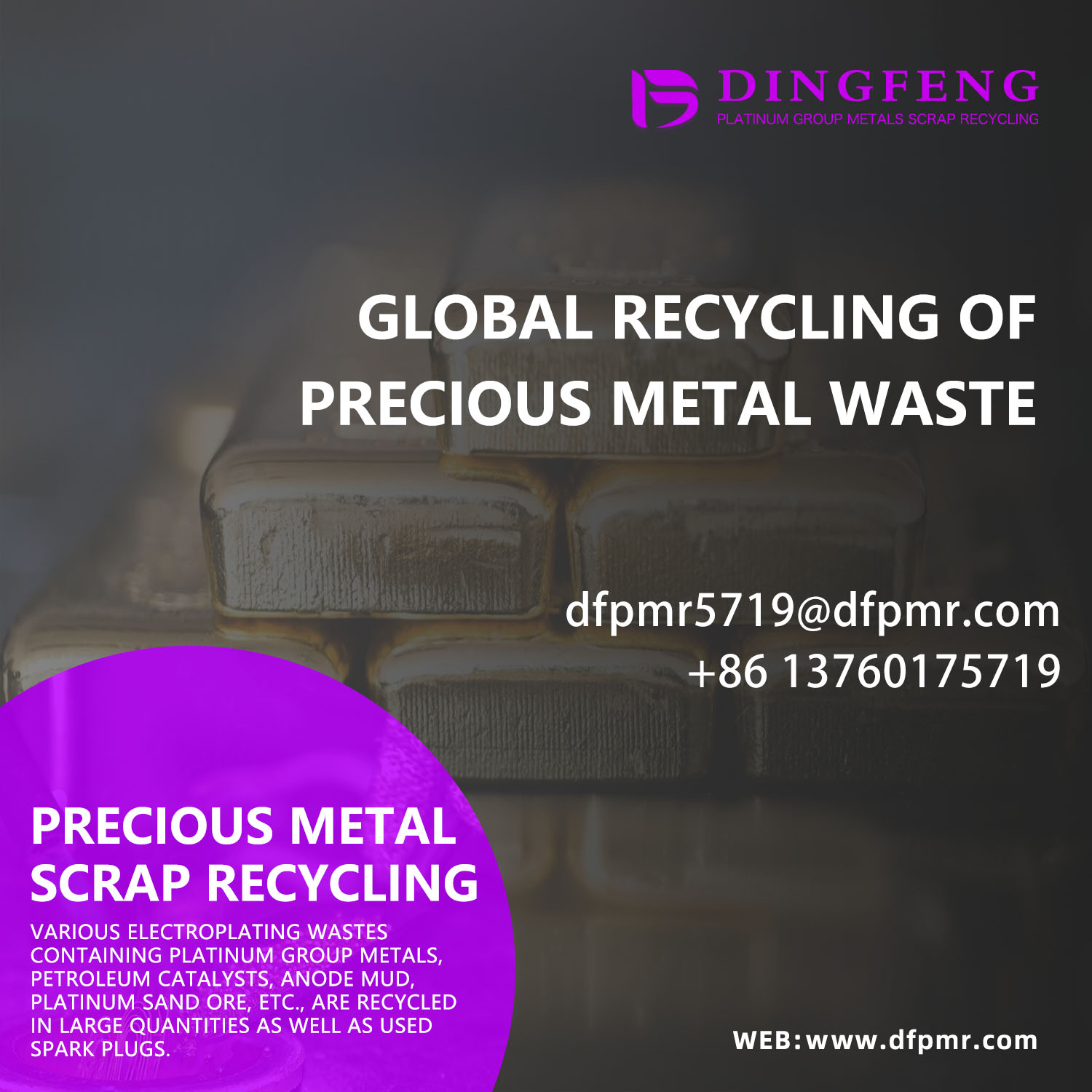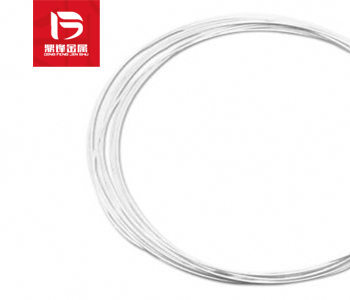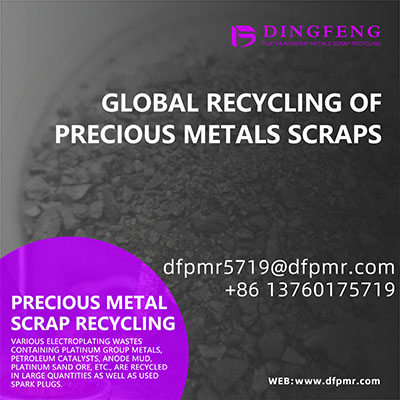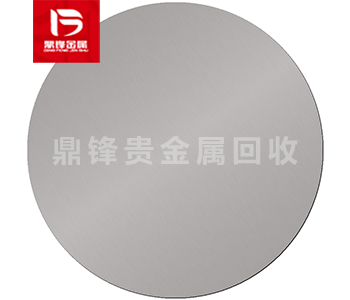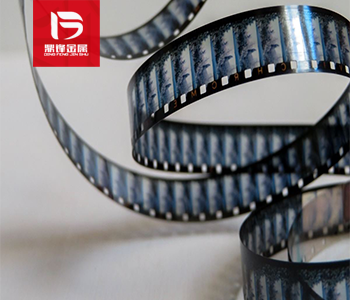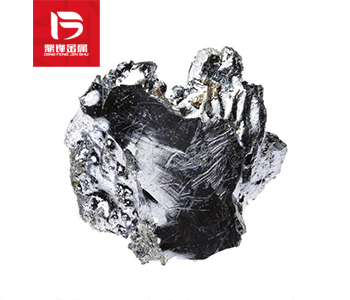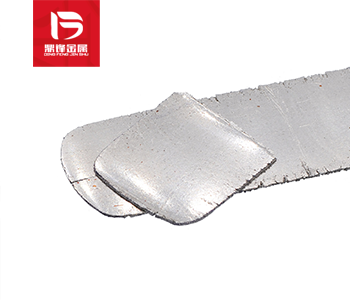Advanced Gold Recovery from Gold-Plated Scrap – Dingfeng Precious Metals Recovery
Gold is an essential material in modern electronics, prized for its outstanding conductivity (45.2 MS/m), excellent corrosion resistance, and superior solderability. Though bulk gold is rarely found in modern devices, gold-plated components remain common, with plating thickness ranging from 0.1 to 5 microns. This gold exists in trace amounts across various electronic parts, making effective recovery critical for sustainability and profitability.
Product Details
1. Introduction to Gold-Bearing Scrap
Gold is an essential material in modern electronics, prized for its outstanding conductivity (45.2 MS/m), excellent corrosion resistance, and superior solderability. Though bulk gold is rarely found in modern devices, gold-plated components remain common, with plating thickness ranging from 0.1 to 5 microns. This gold exists in trace amounts across various electronic parts, making effective recovery critical for sustainability and profitability.
Primary Gold-Bearing Components
| Component | Typical Gold Content | Recovery Potential |
|---|---|---|
| Ceramic CPUs (pre-2000) | 0.2–0.5g per chip | ★★★★★ (High) |
| RAM Finger Contacts | 50–200mg per kg of RAM | ★★★☆☆ (Moderate) |
| PCB Edge Connectors | 10–100mg per kg | ★★☆☆☆ (Low) |
| Telecom Relays/Switches | 0.1–1g per unit | ★★★★☆ (High) |
| Military/Aerospace PCBs | Up to 5g per kg | ★★★★★ (Very High) |
Note: Newer electronics typically contain less gold due to cost-reduction technologies like ENIG (Electroless Nickel Immersion Gold) plating. However, older and industrial-grade components remain valuable sources of recoverable gold.
2. Pre-Processing & Material Preparation
Efficient gold recovery begins with proper material preparation. At Dingfeng Precious Metals, we employ advanced mechanical and thermal techniques to maximize yield and minimize waste.
(A) Mechanical Separation
Shredding & Crushing: Gold-bearing e-waste is reduced to fine fragments (<5mm) using hammer mills or granulators to expose gold layers for further separation.
Electrostatic Separation: This process efficiently isolates conductive gold-plated metals from non-metallic components like plastics and fiberglass.
Density Separation (Sink-Float): Using ferrosilicon slurry with a density of 2.8–3.2 g/cm³, heavier gold-bearing metals are separated from lighter debris, improving downstream purity.
(B) Thermal Processing (Optional)
Pyrolysis (300–600°C): Organic coatings such as epoxy and plastic insulation are thermally degraded, preparing the metal surface for chemical leaching or electrochemical recovery.
Microwave Decarbonization: A cleaner, faster method than conventional incineration, microwave processing reduces environmental emissions and improves energy efficiency.
Why Choose Dingfeng Precious Metals?
With years of experience and a global supply network, Dingfeng Precious Metals offers unmatched expertise in recovering gold from electronic scrap. We invest in state-of-the-art separation technologies and eco-friendly processing methods to ensure high recovery rates, minimal environmental impact, and excellent value for our partners.
Whether you're dealing with telecom waste, aerospace PCBs, or legacy IT equipment, Dingfeng can help you extract maximum value from your gold-plated materials.
Partner With Us
If you are a recycler, IT asset manager, or industrial manufacturer with access to gold-plated scrap, we invite you to contact Dingfeng Precious Metals. We provide competitive pricing, professional handling, and certified recovery services worldwide.



